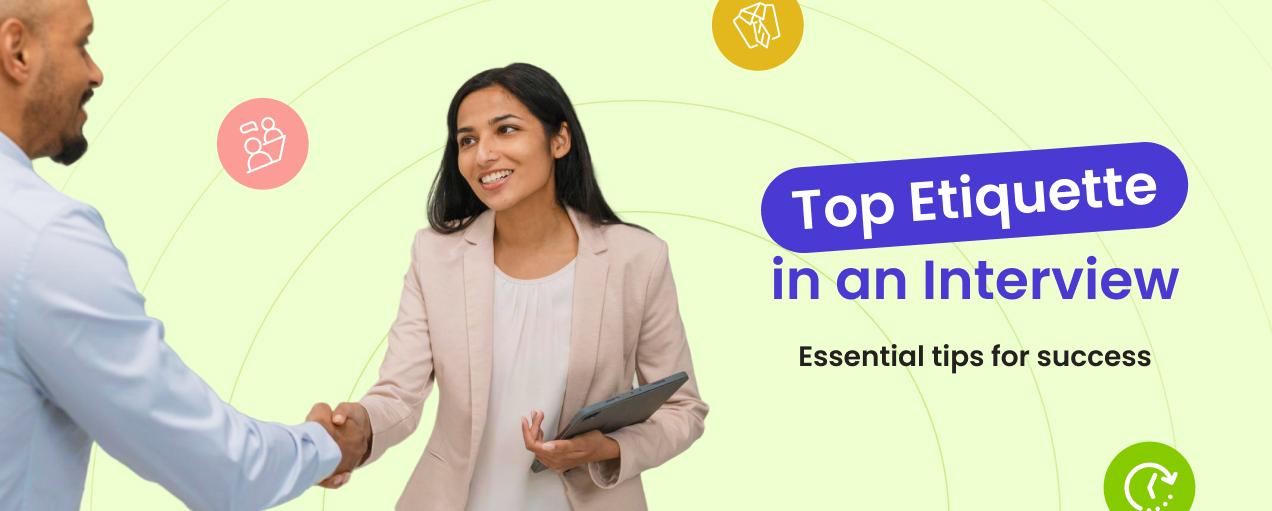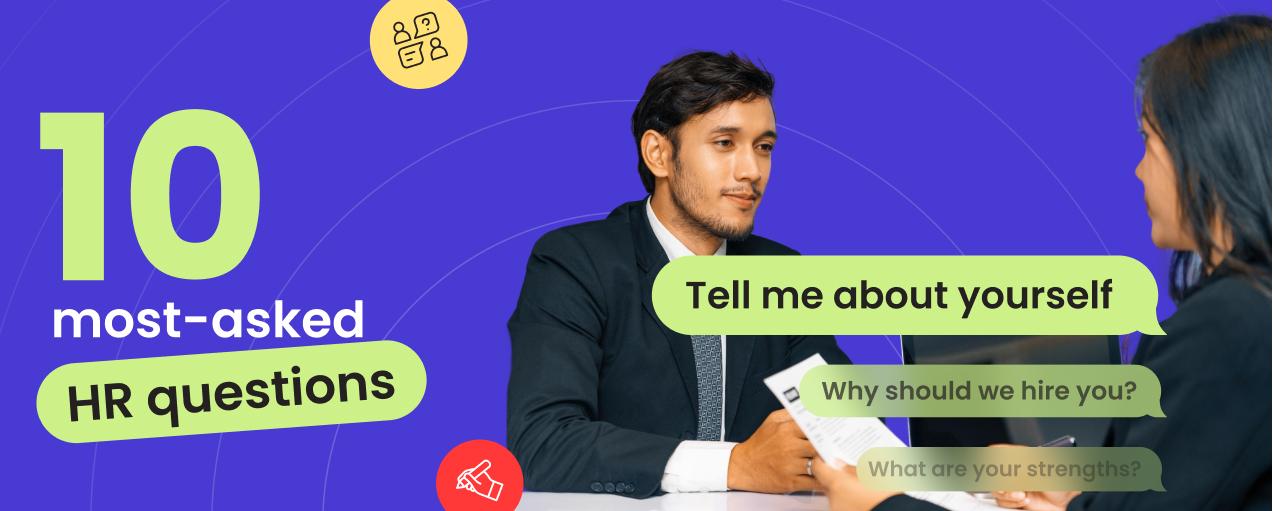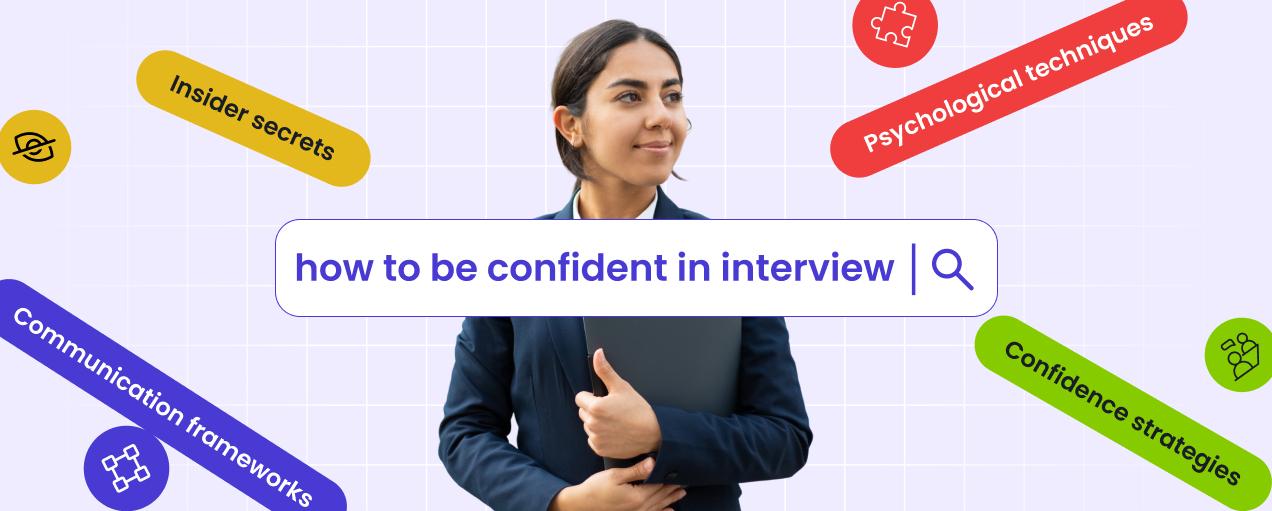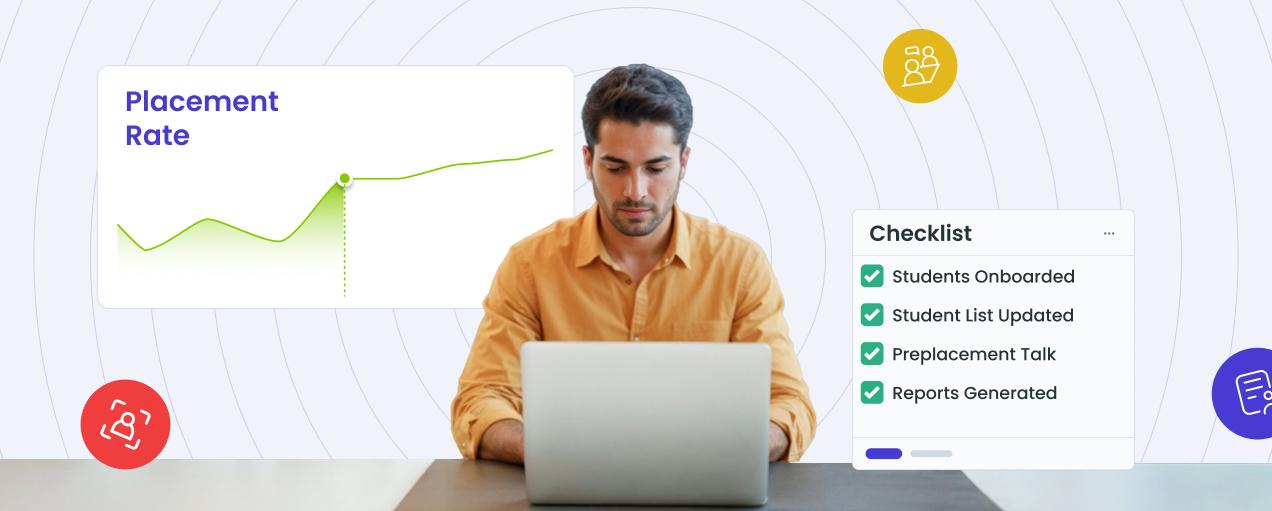Walk-In Interview: How to Prepare, What to Expect & Expert Tips to Succeed
May 20, 2025 •
15 min
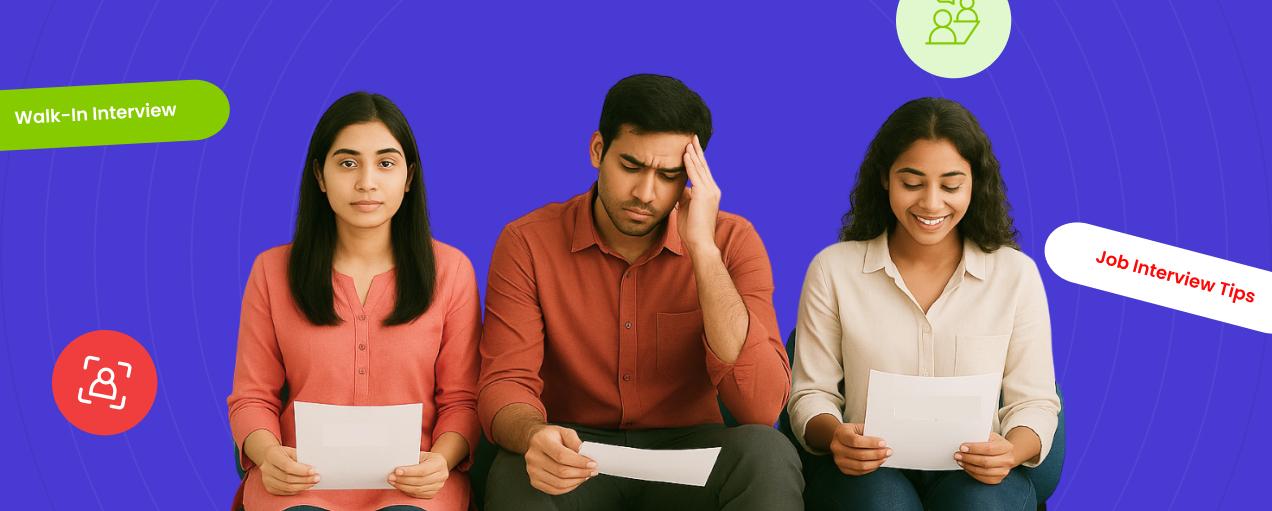
Table of Contents
What is a walk-in interview?
How walk-in interviews work?
Why companies use walk-in interviews (and why it works for you too)
How to prepare for a walk-in interview
What to bring to a walk-in interview
What to wear to a walk-in interview
Etiquette and behavior during the interview
Smart hacks to ace your walk-in interview
Final thoughts: Own the room at your next walk-in interview
Let LineupX help you land that job
Share Blog
Related Blogs

